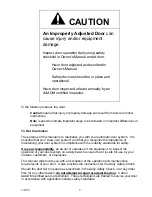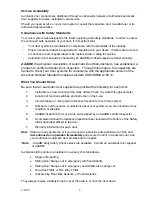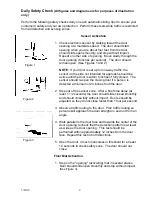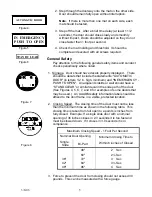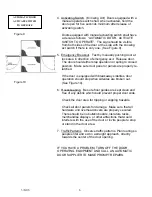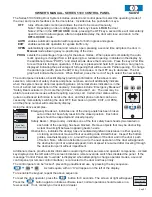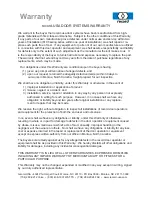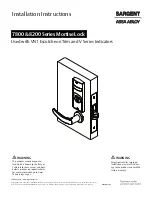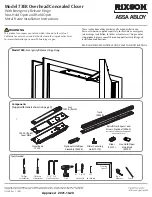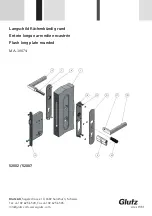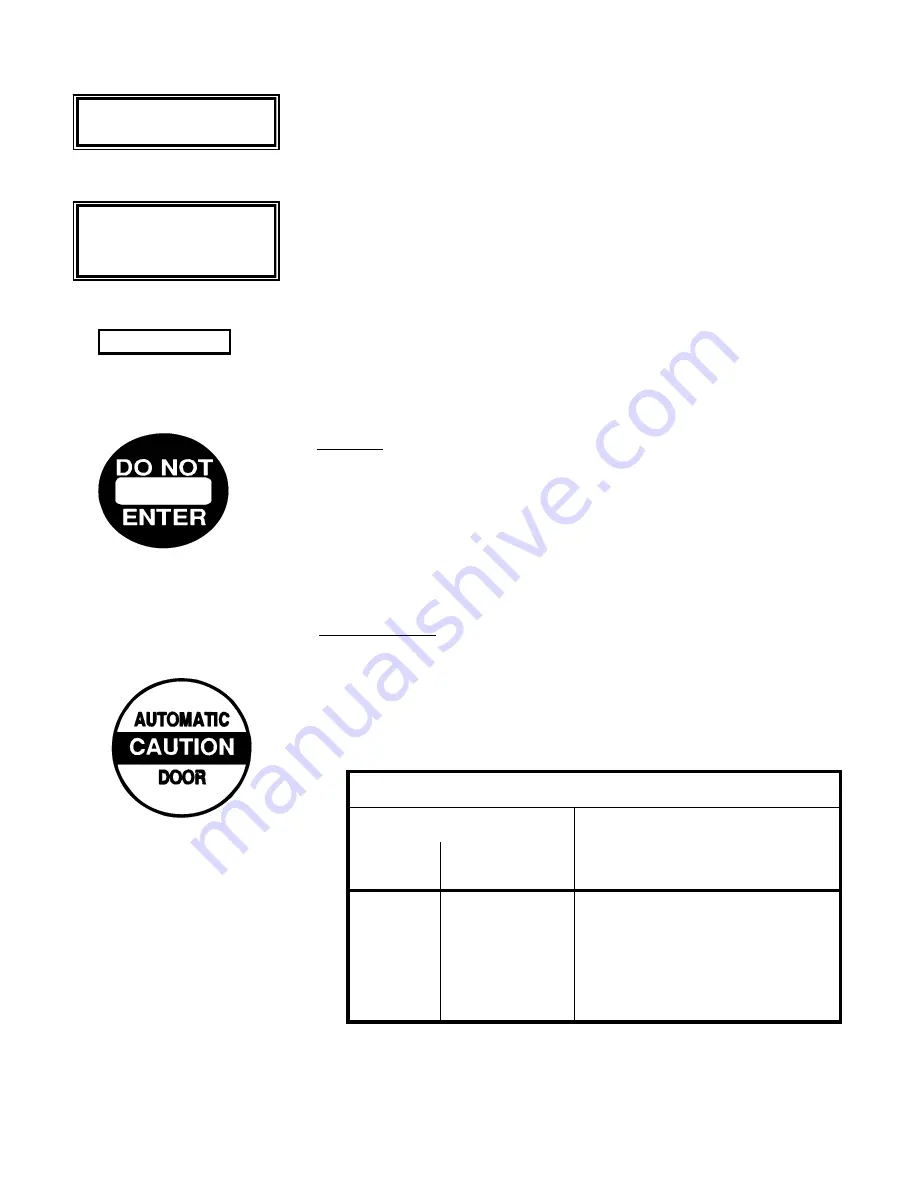
3/6/06
5
2. Step through the doorway onto the mat on the other side.
Door should remain fully open without interruption.
Note
: If there is more than one mat on each side, each
mat should be tested.
3. Step off the mat. After a brief time delay (at least 1 1/2
seconds), the door should close slowly and smoothly
without impact. Doors should be adjusted so they do not
close faster than 1 foot per second.
4. Check the mat molding and threshold. It should be
complete and secured with all screws required.
General Safety
Pay attention to the following general safety items and conduct
checks periodically where noted.
1. Signage. Door should have decals properly displayed. There
should be decals that include the statements: "AUTOMATIC
DOOR" (in letters 1/2 in. high, minimum) and "IN EMERGENCY -
PUSH TO OPEN". An adjacent sidelite or wall should have a
“STAND CLEAR” or similar decal in the slide path of the door
(See Figures 4, 5, 6, 7, and 8 for examples of some decals that
may be used.). An AAADM safety information label should be
affixed to the door frame in a visible, protected location.
2. Closing Speed. The closing time of the door must not be less
than the minimum time as shown in the following table. This
closing time is taken from full open to a point six inches from
fully closed. Example: If a single slide door with a nominal
opening of 36 inches closes in 2.3 seconds it is too fast and
must be slowed down. If it closes in 3.0 seconds it is in
compliance.
3. Force to prevent the door from closing should not exceed 30
pounds. This can be measured with a force gauge.
Maximum Closing Speed - 1 Foot Per Second
Nominal Door Opening
Single
Slide
Bi-Part
Minimum Closing Time to
Within 6 inches of Closed
48"
2 Sec
60"
2½
Sec
36"
72"
3 Sec
42" 84"
3½
Sec
48"
96"
4 Sec
Figure 4
Figure 7
AUTOMATIC DOOR
IN EMERGENCY
PUSH TO OPEN
Figure 6
Figure 5
STAND CLEAR
Figure 8


